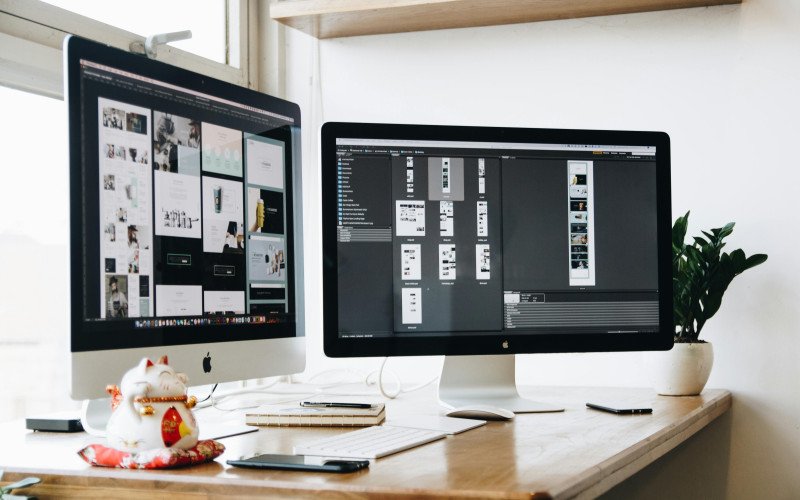Key Elements of Web Design
A successful web design harmonizes several crucial elements:
1. Layout
This is the arrangement of a website's header, navigation menu, content, graphics, and footer. The layout should be balanced, consistent, and use space wisely to guide the user's eye to the most important information.
2. Color Scheme
Colors are chosen based on branding, audience, and the desired emotional response. A well-chosen palette can enhance user experience and reinforce brand identity.
3. Typography
The choice of fonts (typefaces) is critical for readability and tone. Designers carefully select fonts that are easy to read and match the website's personality.
4. Imagery & Graphics
This includes logos, photos, illustrations, and icons. High-quality, relevant visuals are essential for engaging users and building trust. They break up text and communicate complex ideas quickly.
5. Navigation
Navigation menus are the roadmap of your website. Intuitive, simple, and consistent navigation is crucial for helping users find what they need quickly and easily. Poor navigation is a primary reason users leave a site.
6. Content
Content (text, video, audio) and design work together to deliver the site's message. Good design presents content in a readable, scannable, and engaging way.
7. Responsiveness & Interactivity
A website must look good and function well on all devices (desktops, tablets, and phones). This is called responsive design. Interactivity, like hover effects and animations, provides feedback to users and makes the experience more engaging.

